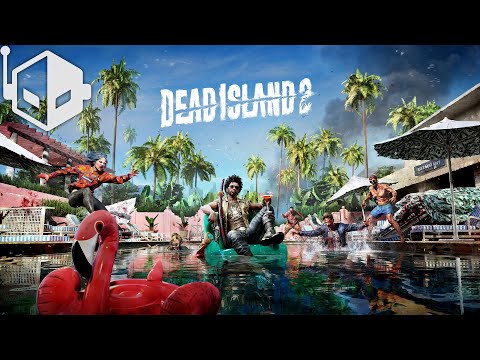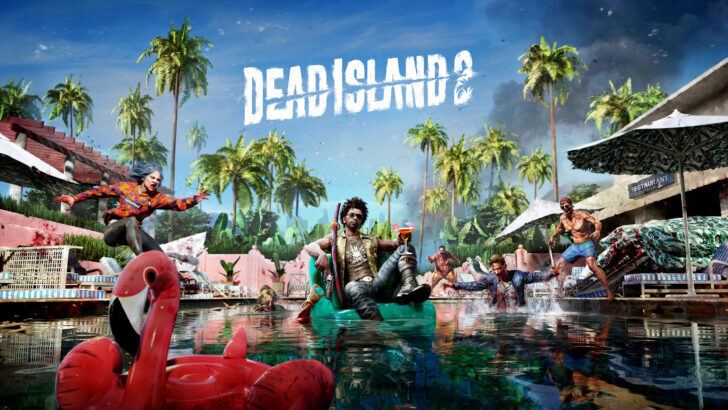
For a long time, Dead Island 2 was not so different from the many undead survivors killed in the Banoi archipelago in the first entry in the series and Riptide. The game existed, but it wasn’t in a good state at all. Announced back in 2014, the game’s development was highly troubled, exchanging hands multiple times between different studios, including Yager Development and Sumo Digital, before it was given to Deep Silver’s internal development team Dambuster Studios. Going through so many issues, Dead Island 2 was setting out to be one hell of a disaster, but instead turned out to be one hell of a ride, despite some key differences with the original game that not everyone will get behind.
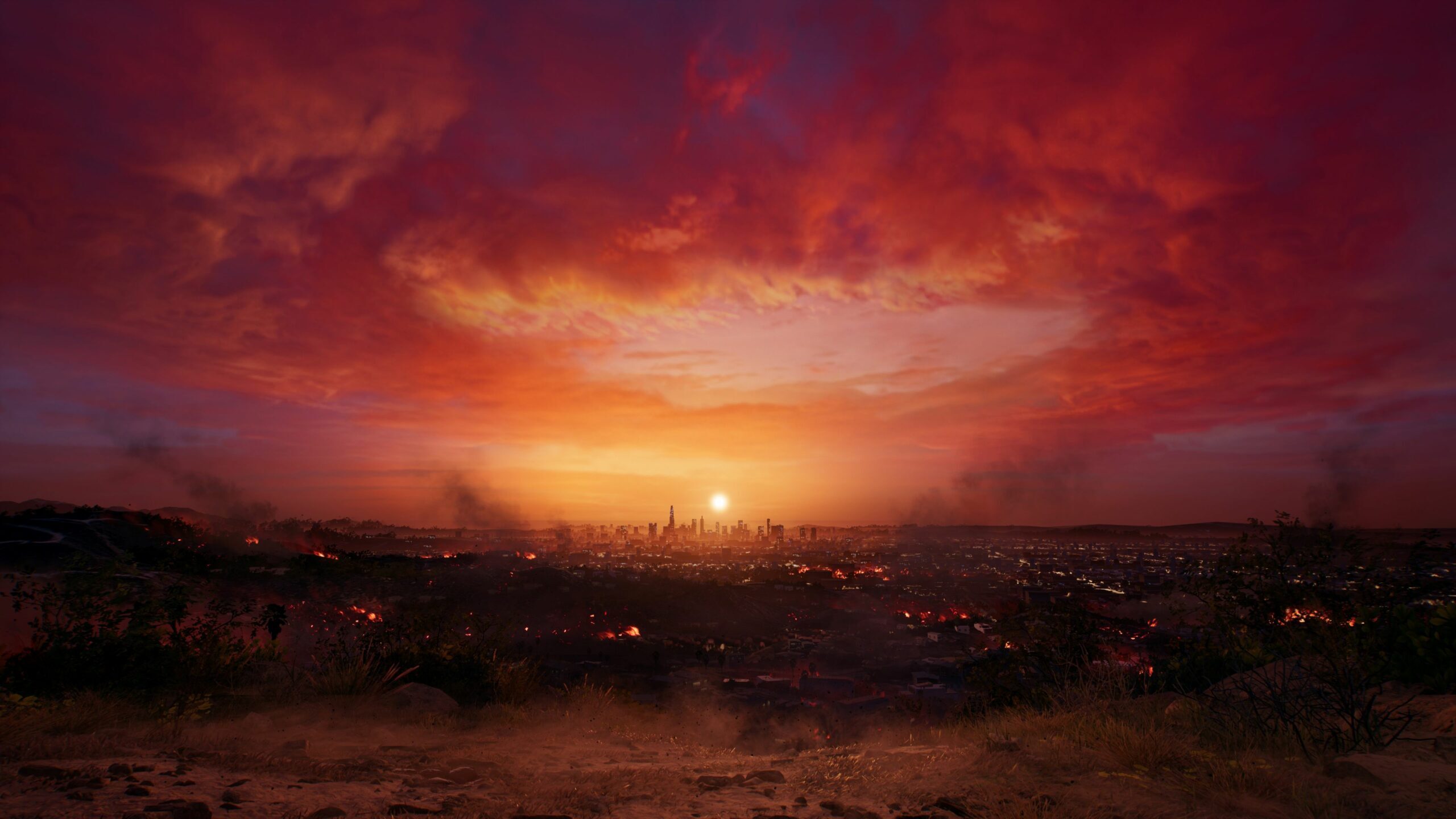
One thing that Dead Island 2 not only keeps intact from its predecessors but ups considerably is the signature dark humor and over-the-top story and characters. Like in the Banoi Archipelago from the first two entries in the series, a deadly virus is ravaging Los Angeles, turning people into zombies. Attempting to save as many citizens as possible, the authorities arrange for the evacuation of those who haven’t turned yet, but it is easier said than done, as many still end up perishing due to some of the survivors turning during the evacuation process. Yet, all is not lost, as six survivors have what it takes to face the hordes of the undead now roaming all over Hell-A. These six survivors, known as Slayers, are immune to the virus, becoming a ray of hope for the few who are stranded in the city and are still holding themselves together.
With such a serious premise, one may think that Dead Island 2 is like those survival horror games where fear and desperation hold sway over the few survivors, but this is not the case at all, as the game is filled with humorous and wacky moments that may be a little too silly but still manage to work well in the game’s context. It really couldn’t have been any other way, as the Slayers are all quite over the top, and so are many of the survivors stuck in Hell-A, including retired movie superstars, has-been rock musicians, mad influencers who are more worried about their online engagement than their lives, and a familiar face from the first Dead Island who thinks he knows better than anyone else. There are some serious and heartbreaking moments to balance things out, but wackiness dominates in Hell-A as much as the undead do, which is hardly surprising in a game where it is possible to punch zombies in the face and live to tell the tale. Ultimately, the story isn’t exceptional, but it doesn’t overstay its welcome either, as the main quest is around 15 hours long, making its average quality less of a problem. Besides, it’s the relentless zombie-slaying action that takes center stage in Dead Island 2.
Two of the reasons the original Dead Island is fondly remembered are its open-world setting and sandbox gameplay features that allowed for multiple approaches for exploration and combat. Sadly, the open-world setting didn’t make it into Dead Island 2, as the game’s scope is considerably smaller than the previous ones. Gone is the open-world setting, replaced with multiple medium-sized closed-off areas set all over Los Angeles, including iconic locations like Beverly Hills, Venice Beach, and Bel-Air. They are generally well-designed and somewhat retain the open-world feel that characterized Dead Island and Riptide, as there are multiple paths to reach main quests goals, which often involve getting to a certain point on the maps, finding items and killing tons of zombies, as well as plenty of optional areas which can only be reached by getting off the beaten path.
The game also features a decent number of sidequests which come with slightly more varied main objectives that are usually as crazy as the survivors that issue them. The developers did go the extra mile to make them worthwhile for both gameplay and story reasons, as these optional quests usually expand on the game’s world and characters in fun ways. The rewards for completing sidequests and thoroughly exploring Hell-A are mostly limited to rare weapons and resources for upgrading them, which wouldn’t have been enough in any other game where you are not constantly fighting against hordes of undead.
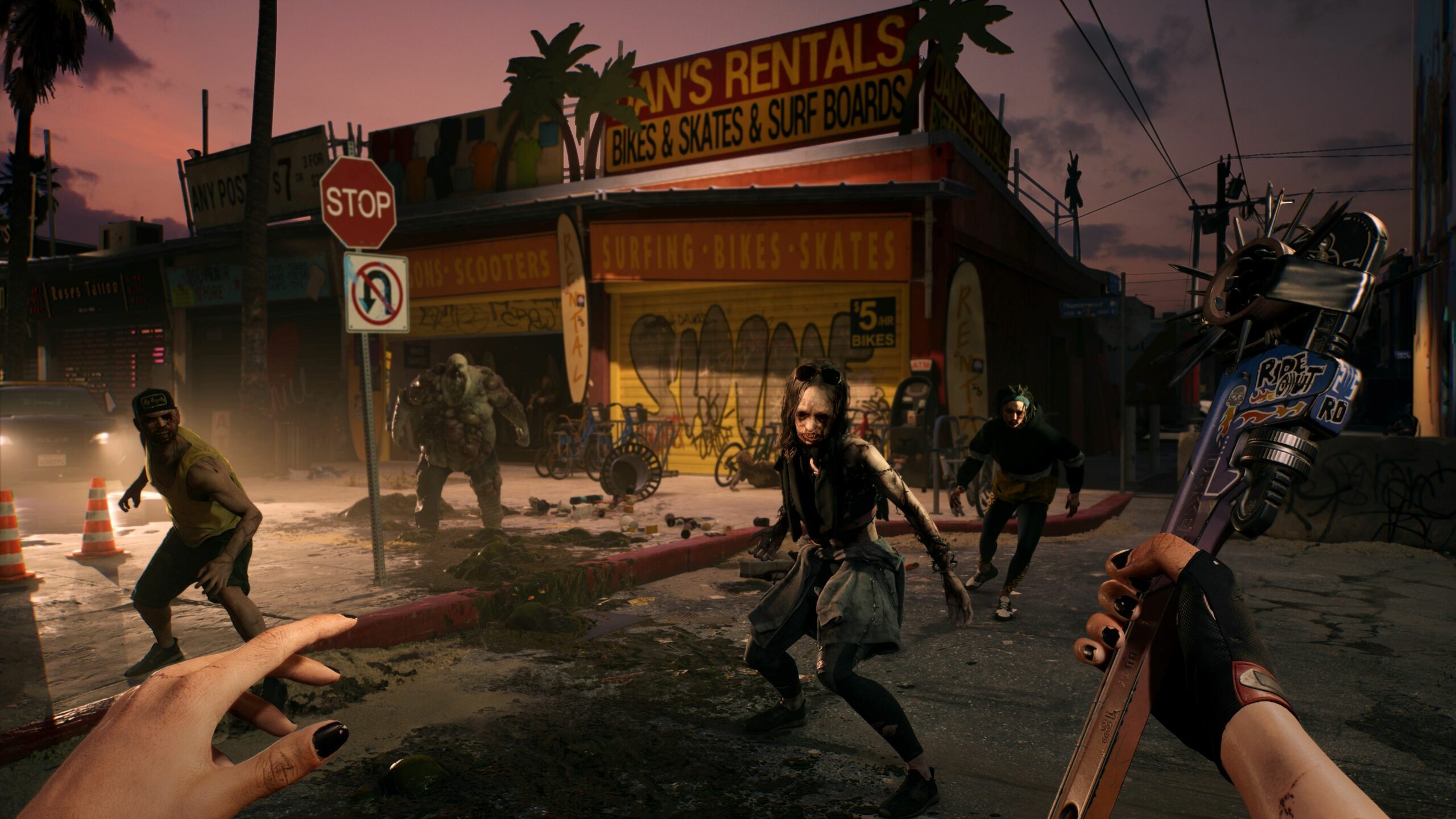
Combat is, by far, the best feature of Dead Island 2. Players will have to face thousands of undead, ranging from the weak Walkers to the stronger Crushers, and to take them down, they have quite a few tools at their disposal. Alongside improvised weapons, such as pipes and clubs, which offer low attack power and limited durability, Dead Island 2 offers an impressive arsenal of proper melee weapons, such as sledgehammers, knives, axes, brass knuckles, as well as more exotic ones like katanas, wakizashi, claymores, claws, pirate swords and so on. Firearms are also in, but the selection is way more traditional, with the usual pistols, shotguns, rifles, and nail guns. All weapons belong to a certain category which makes them more effective at crushing zombies or cutting off their limbs, and players will have to switch weapons often as each zombie type has a different weakness. Taking them down as quickly as possible is extremely important, given how they usually attempt to gang up on the player.
While both short-range and long-range combat feels decent enough, chopping down arms or crushing ribs is way more satisfying than shooting zombies from a distance, mostly thanks to the FLESH system, an impressive procedural dismemberment system that shows the damage done to zombies in a gory fashion. With an edged weapon that is good at cutting, for example, it is possible to maim an enemy easily by aiming at limbs and unleashing a charged heavy attack. By cutting off limbs, players can also disable some of the zombies’ attacks, so strategical maiming is a critical component of Dead Island 2’s combat system. More powerful zombies cannot be maimed as easily, but this is where altered statuses and weapon upgrades come in.
Any weapon of uncommon rarity and above can be upgraded at any workbenches scattered over Hell-A. These upgrades include level matching and adding different perks, which can increase damage at the cost of lower durability, and mods that add different properties, such as electricity and fire, increased maiming power, and so on. By hitting enemies with modded weapons, it is possible to build up altered status that can make short work of stronger zombies. One effective strategy against zombies like Crushers, who have high hit points, is to modify a quick-hitting weapon like brass knuckles with a caustic mod and hit them multiple times to build the altered status. Then you can watch them literally melt from the poison in a few seconds.
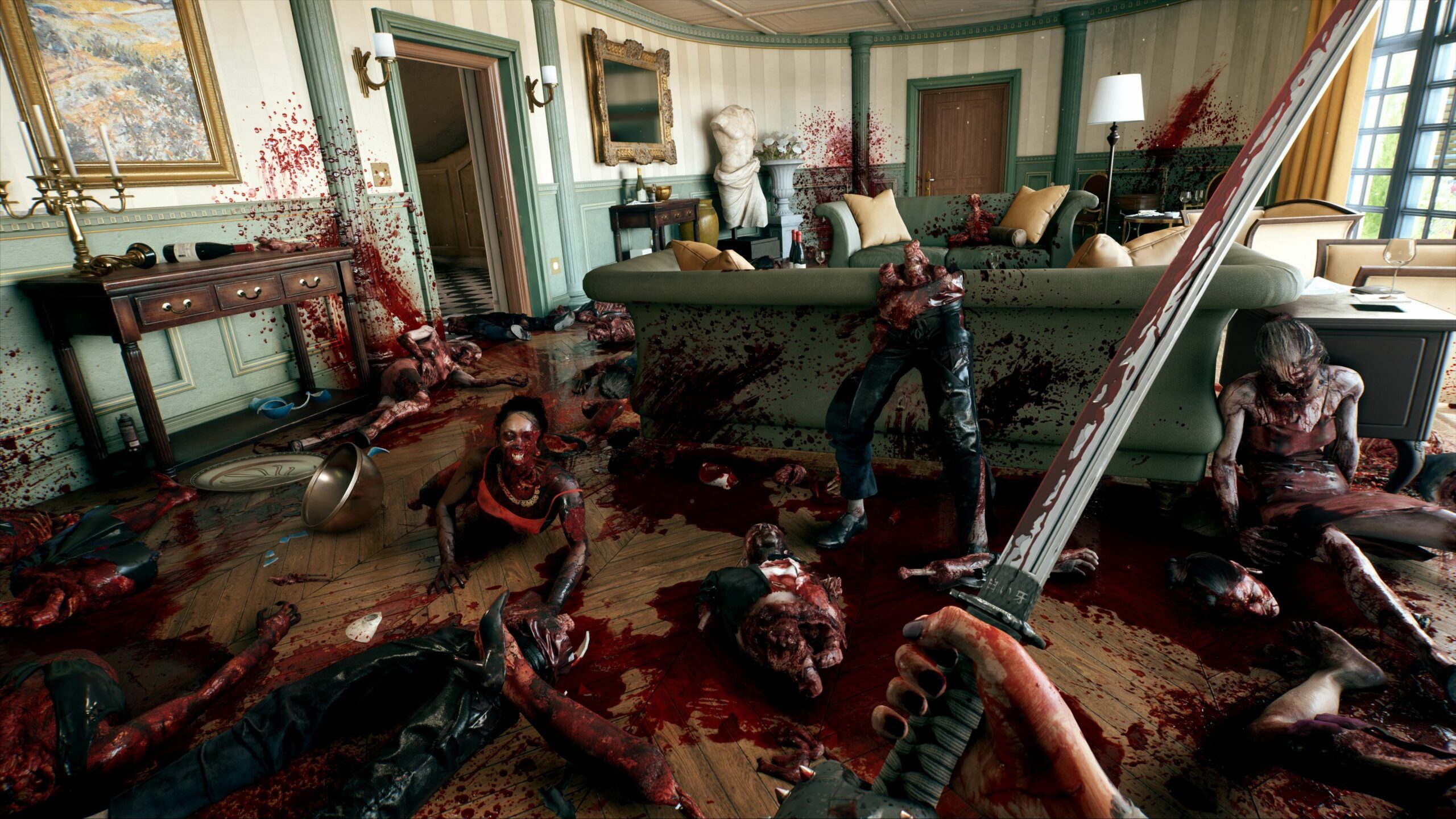
Another feature that makes Dead Island 2 combat so fun is the way the different elements interact with one another in a proper sandbox fashion. Hell-A is a city in almost complete ruin, so players will often run into pipes leaking water, destroyed cars leaking fuel, exposed electric wires, and so on, all of which can be taken advantage of in combat. See zombies loitering in a pool? Throw them an electric charged weapon or a battery, and watch them get cooked. Got a barrel full of explosive fluid nearby? Throw your fire-charged weapon or shoot at it with a firearm and watch the zombies become bloody ribbons. The possibilities are vast and make combat feel incredibly dynamic, as in most scenarios, players need to take advantage of whatever the environment offers to stay alive. Better yet, they can also create these conditions themselves by using Curveballs, throwable items coming with a variety of effects that further increase combat options.
The multiple weapon types and the way elements interact in the sandbox world of Dead Island 2 are only the tip of the iceberg when it comes to battling zombies. There’s also a robust skill system that further expands the combat system. For starters, the game features six different playable characters with different stats and unique skills. Jacob, for example, has a Feral ability that grants a damage buff after killing an enemy. Ryan, on the other hand, comes with the Seesaw skill, which restores his health after knocking down a zombie. Carla shines when fighting multiple zombies at the same time, as her Mosh Pit skill increases her damage when surrounded by the undead.
The Slayers’ unique abilities are further augmented by the skills that can be learned by completing main and side quests and leveling up. These skills range from active combat abilities, such as defensive moves like dodging and parrying, and offensive specials like Ground Pound and War Cry; then there are Survivor and Slayer skills which grant a variety of useful perks. After a certain point in the story, players will also be able to unleash Fury Mode, where the Slayer taps into their more feral zombie nature and gain additional perks with the Autophage mechanics. Skill slots are limited, however, so players will have to choose to properly empower their playstyles. All of these systems reach their pinnacle during co-op, which is easy to set up and turns the zombie slaying fun up to eleven. Unfortunately, there is no cross-play support, so players can slay together only if on the same platform or between console generations, as the game at least supports cross-gen play.
While Dead Island 2’s combat is mostly well-done, it could have been even better with a little more polish. Dodging and blocking are great defensive skills, but they feel a little clunky to use, especially dodging, and pulling off perfect dodges or parries is more difficult than it should be due to weird timing. Managing to do so will open up weaker zombies to a powerful counterattack, which sadly comes with some issues, as during its execution, players are still susceptible to status ailments. With such a focus on melee combat, it’s also really weird to see the game featuring no attack indicators whatsoever, forcing players to rely on sound to avoid getting attacked from out of the field of view.
Unfortunately, while all the various gameplay systems work together decently well, they don’t solve the game’s biggest issue: it gets old fast. Maybe it’s just because the novelty wears off after a few hours, but the more I played, the more I realized how Dead Island 2’s combat has little depth. It’s fun finding new ways to get rid of zombies, to be sure, but ultimately, it is possible to complete the game with the same strategies discovered at the beginning, as long as the gear is properly updated. Quest variety and quality also take a big hit the more the campaign proceeds.
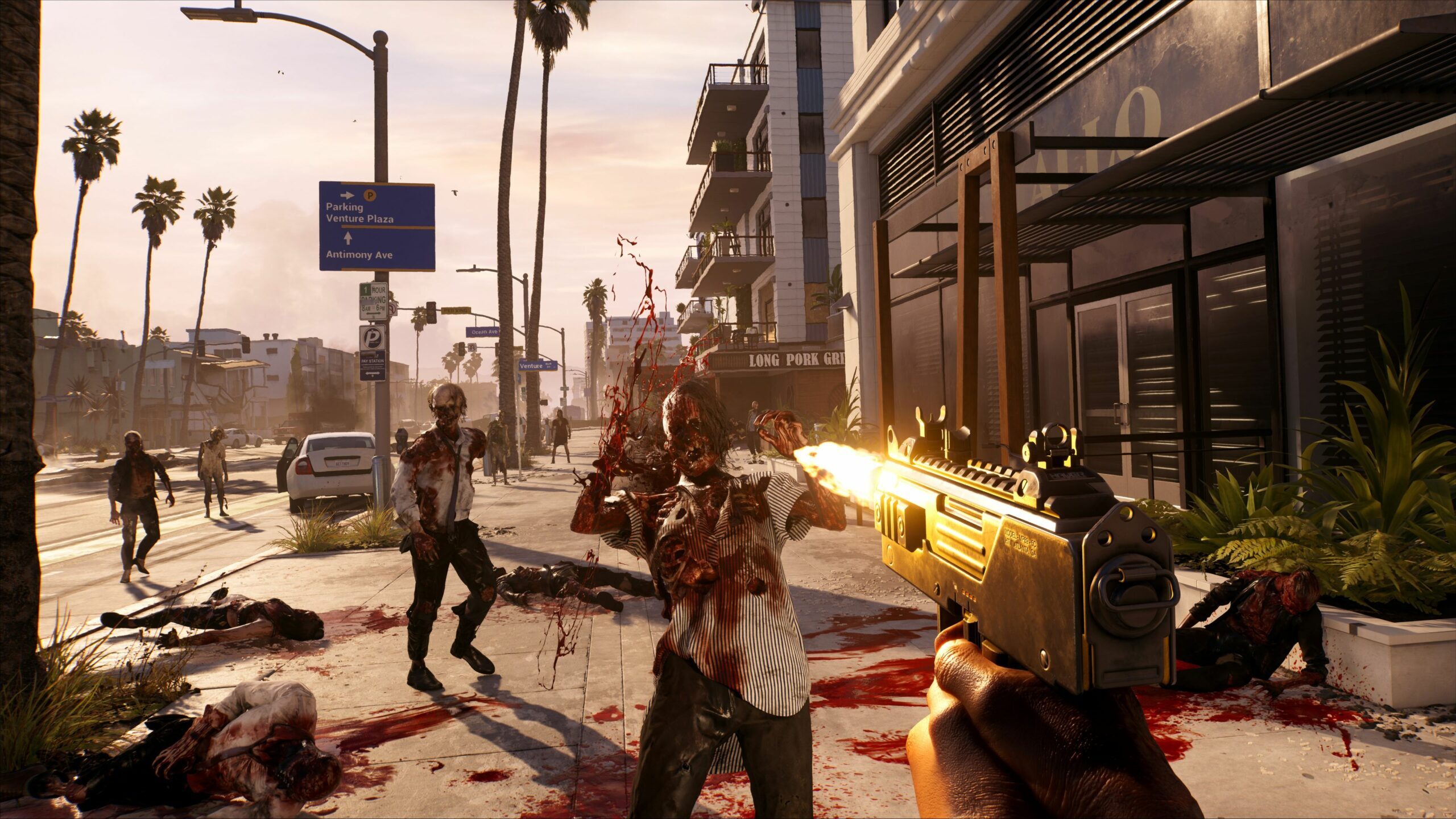
While Dead Island 2 is a solid enough title, it isn’t particularly innovative, but it’s not like Dambuster Studio hasn’t attempted to do something new, as the game supports Alexa Game Controls, an innovative feature that can bring immersion to the next level, as it is possible to activate Fury Mode with voice commands, set waypoints without opening the map and even goad zombies. As Alexa Game Controls are only available in North America as of now, however, I was not able to try out this feature, but it definitely sounds cool on paper.
From a technical standpoint, Dead Island 2 is mostly as accomplished as it is in its gameplay. The unique contrast between daylight action and hordes of zombies of the original is brought to new heights by the game’s solid visuals, great draw distance, which makes the game’s world feel bigger than it actually is, and attention to detail. Character models are not only extremely detailed with decent enough animations, but they are also pleasantly varied, as there are tons of appearance options for zombies, so many that it is honestly difficult to encounter the same zombie twice. This may be something minor, but it actually shows how much effort Dambuster Studio put into making the undead horde feel like a realistic horde and not just groups of the same zombies over and over. Some physics bugs do break immersion, such as zombies and items flying away for no reason, but they are not as annoying as they might have been in any other game, as they seem to be right at home in the craziness that permeates the whole experience.
Performance is also solid for the most part. While stuttering issues seem unavoidable on PC, Dead Island 2 keeps them to a minimum, mostly thanks to shaders caching before the game begins and the limited size of the game’s maps. Stutters, however, do still happen during traversal and sometimes during cutscenes, which is definitely annoying. Without NVIDIA DLSS support, pushing the resolution up while keeping decent performance was more of a challenge for my system, and the limited amount of VRAM of my GPU (i7-10700 CPU, 16GB RAM, RTX 3070 GPU), though AMD FSR helped a bit. At 4K resolution, medium settings, my system had no trouble running the game at an average of 75 frames per second with FSR at the Balanced preset. At 1440p, my machine fared much better, running the game at an average of 100 FPS with High settings and no need for FSR. The game also supports AMD FidelityFX Variable Rate Shading, which should further help performance but did not do much in my case at both 1440p and 4K resolutions.
Games that go through development hell hardly turn out great, but Dambuster Studio proved with Dead Island 2 that this is not always the case, although the game is far from a masterpiece. While the gameplay works and feels quite fun at the start of the game, things become repetitive very quickly due to the linearity of the experience and the shallowness of the combat system. Offering nothing more than some mindless fun, the game would have been more than fine if launched at a lower price, but at full price, Dead Island 2 doesn’t offer that much to justify it.
PC version tested. Review code provided by the publisher.

